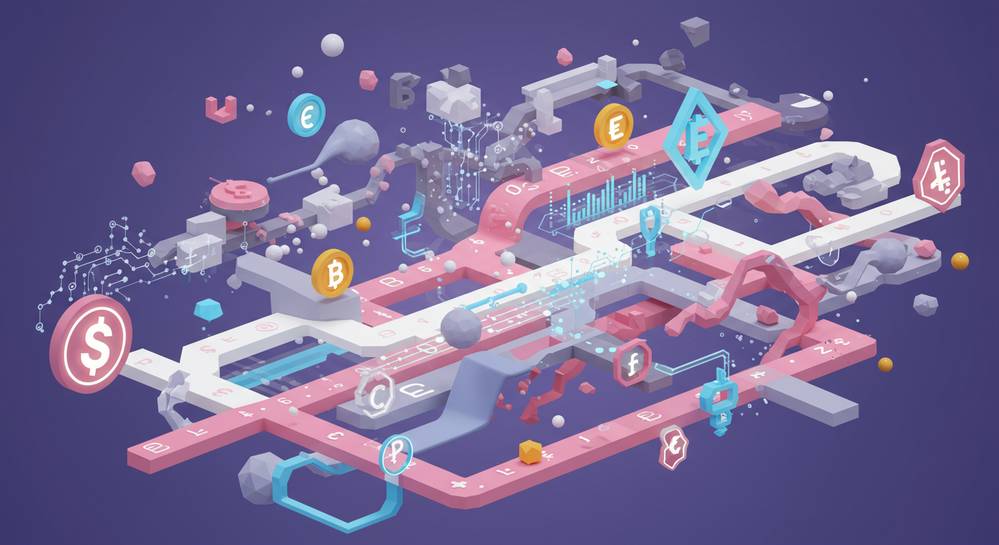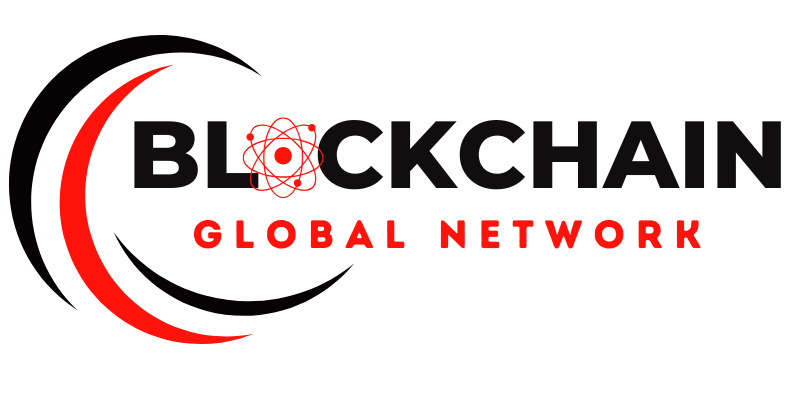The financial sector is undergoing a profound transformation, driven by emerging technologies. Among these, blockchain stands out as a disruptive force, promising unprecedented levels of security, efficiency, and transparency. This article delves into the transformative potential of blockchain for financial services, exploring its core applications, undeniable benefits, and the challenges that lie ahead as the industry embraces this revolutionary distributed ledger technology.
The Foundational Role of Blockchain in Finance

Blockchain technology serves as a critical bedrock for the evolving financial sector. Its distributed ledger architecture inherently provides a shared, immutable, and transparent record of all financial activities. This fundamental design allows authorized participants secure access to verifiable transaction data. Crucially, blockchain builds trust through cryptographic proofs and consensus, eliminating reliance on traditional intermediaries. This dramatically reduces systemic friction and associated costs.
The core strength of blockchain for financial services lies in its cryptographic security. This ensures unparalleled data integrity, actively preventing unauthorized alterations or fraud. Such robust protection forms the essential foundation for any modern financial infrastructure. Furthermore, its distributed nature delivers exceptional resilience against single points of failure. This is a non-negotiable advantage in an industry demanding constant data availability and security.
This profound technological shift offers a new paradigm for global value exchange and record-keeping. It empowers financial institutions to innovate securely and efficiently. By embracing this foundational technology, the industry can unlock unprecedented levels of trust and operational excellence.
Unlocking Efficiency and Security: Core Benefits
Blockchain for financial services unlocks unprecedented levels of efficiency and security. This transformation stems from its inherent design, moving beyond mere incremental improvements. Cryptographic integrity ensures every transaction is verifiable and tamper-proof. This fundamental security layer drastically reduces vulnerabilities to fraud and cyber-attacks, a critical concern for institutions.
The distributed nature of blockchain eliminates reliance on central intermediaries. This disintermediation directly translates into faster transaction settlements and significantly lower operational costs. Real-time processing becomes the standard, replacing slow, complex reconciliation processes. Financial institutions can thus reallocate resources from cumbersome back-office tasks to strategic growth initiatives.
Driving Trust and Operational Excellence
Immutability is another core benefit, creating an unalterable audit trail for all financial activities. This simplifies regulatory compliance and enhances transparency across the network. Authorized participants gain a shared, consistent view of data, fostering greater trust among all parties. The robust consensus mechanisms underpinning blockchain further solidify this trust. These combined features drive operational excellence, making financial systems more resilient and reliable.
Practical Applications and Use Cases in Financial Services

Blockchain for financial services is transforming operations through practical applications. Cross-border payments are a prime example. This technology facilitates faster, cheaper, and more transparent transactions. It bypasses traditional correspondent banking networks, significantly impacting remittances and international trade. This direct approach reduces delays and costs for global transfers.
Revolutionizing Trade Finance and Asset Tokenization
In trade finance, blockchain streamlines complex, multi-party processes. It reduces extensive paperwork and enhances trust with immutable records of goods and payments. This digital transformation minimizes disputes and accelerates transaction settlements. The verifiable nature of these records builds confidence across the supply chain.
Asset tokenization is another revolutionary application. It converts real-world assets like real estate or intellectual property into digital tokens on a blockchain. This increases market liquidity and enables fractional ownership. It opens new investment opportunities for a broader investor base, often through decentralized applications. The transparent nature of these digital assets also enhances regulatory oversight and reduces fraud risks.
Challenges, Regulatory Landscape, and Future Outlook

Despite its immense potential, the widespread adoption of blockchain for financial services faces significant hurdles. Regulatory uncertainty remains a primary concern. Governments and financial authorities globally are still developing comprehensive frameworks for digital assets and blockchain operations. This lack of clear guidance can impede innovation and large-scale institutional integration.
Scalability presents another critical challenge. Current blockchain networks often struggle to process the high transaction volumes required by global financial markets. However, ongoing advancements in Layer 2 solutions and sharding are actively addressing these performance limitations. Interoperability between diverse blockchain networks and existing legacy systems is also vital for seamless integration, necessitating standardized protocols and open APIs.
Overcoming Obstacles and Future Perspectives
Data privacy, especially with public blockchains, requires careful consideration to comply with regulations like GDPR. Solutions such as zero-knowledge proofs are emerging to balance transparency with confidentiality. The collaborative efforts of industry leaders and innovators are steadily overcoming these obstacles. This indicates a promising future where blockchain will become an integral, robust, and efficient part of the global financial ecosystem by 2025 and beyond.
The integration of blockchain technology into financial services is no longer a distant dream but a rapidly evolving reality. From enhancing security and streamlining operations to fostering greater transparency, the benefits are substantial. While challenges persist, the innovative solutions offered by distributed ledger technology continue to pave the way for a more robust, efficient, and inclusive global financial system. Explore how Blockchain Global Network is at the forefront of this revolution.

RELATED POSTS
Understanding the Stock to Flow Model – How to Optimize Investment
The Stock to Flow Model...
When was Blockchain Technology invented? A journey through its origins
Ever wondered, “When was blockchain...
Money Dogs Airdrop – Dog Racing for Profit, Real Earnings from Cryptocurrency
The Money Dogs Airdrop offers...
What is Airdrop in the Crypto World? Exploring Its Benefits and Risks
Curious about What is airdrop...
Arch Network Airdrop: Detailed guide on how to participate
Arch Network is an innovative...
What is dYdX? A deep dive into Decentralized trading
What is dYdX? It is...
Reya Network Airdrop – Guide to Participate and Profit Before Launch
Do you want to profit...
What is ZetaChain? The Omnichain Blockchain platform
What is ZetaChain? Discover the...
Top 3 Secrets behind Bitcoin Peak that you must know
The rise and fall of...
Plenty Airdrop: Chance to get free PLY tokens
The Plenty Airdrop program distributes...
What is the trading range of Kaspa standard deviation?
Are you interested in Kaspa...
2024 US Election Results – Political Shock and the Future of Cryptocurrency
The 2024 US election results...
Fishwar Airdrop – Play to Earn on the Sei Blockchain
Fishwar Airdrop, a prominent project...
Bitcoin surges to $72,000 ahead of the U.S. elections
Bitcoin has experienced an impressive...
Rho Markets Airdrop – A Promising Opportunity
The Rho Markets Airdrop is...
LooksRare NFT: A new generation NFT exchange
LooksRare NFT has quickly emerged...